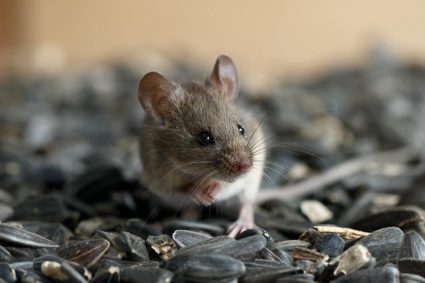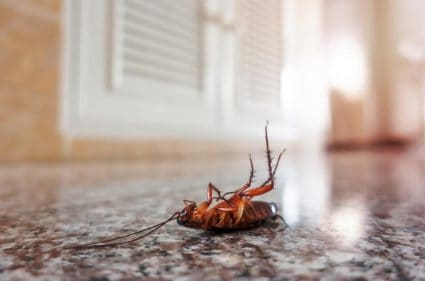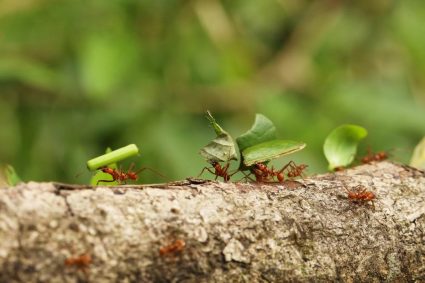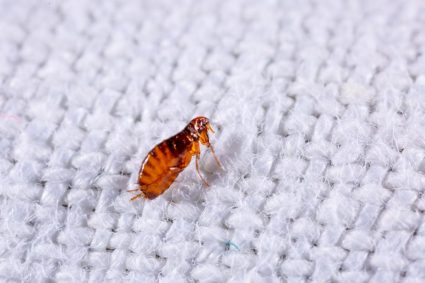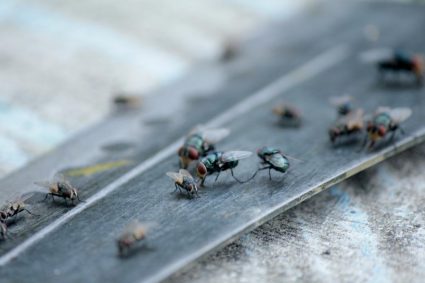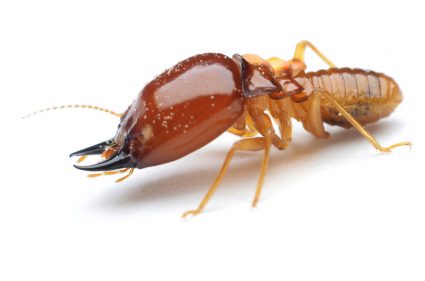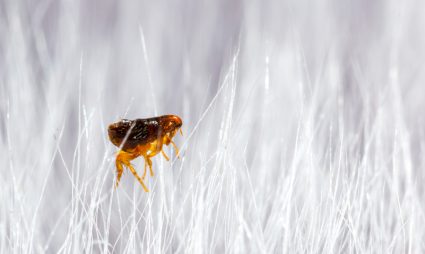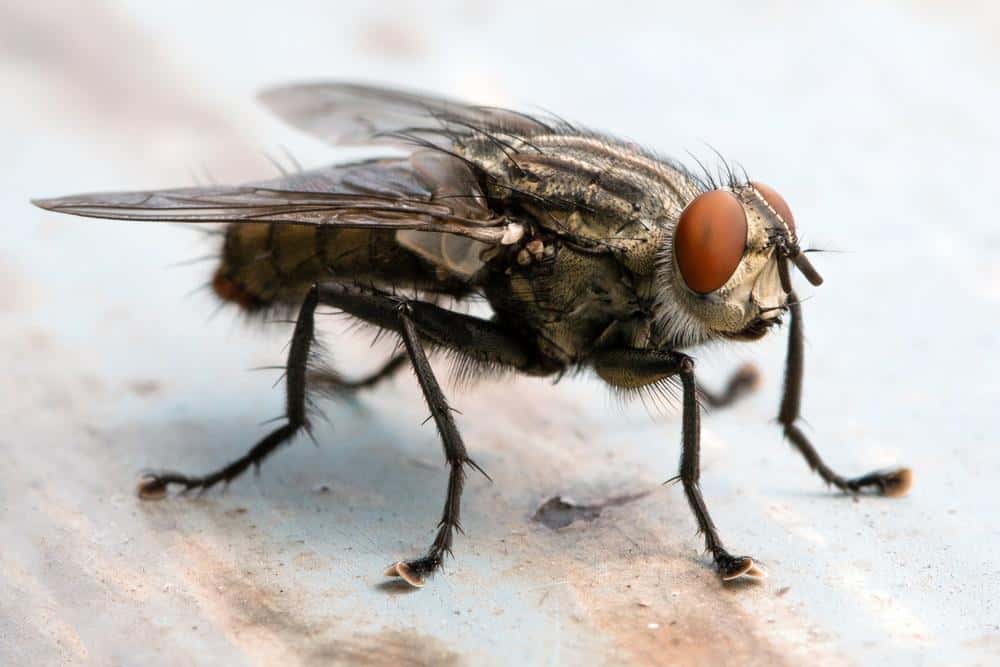
Gnats, although tiny, can cause significant annoyance and potential harm. These small flying insects, often found in large clusters, can invade your home and garden, causing damage to plants and discomfort to humans. In this comprehensive guide, we will explore various methods to repel gnats effectively, from natural remedies to commercial products, and how to prevent them from becoming a problem in the first place.
To repel gnats, you can use natural remedies such as a homemade gnat repellent spray made of dish soap, water, baking soda, and vinegar, or an apple cider vinegar gnat trap. Planting gnat-repelling plants like lavender and geraniums and using essential oils like vanilla and lemon can also help. Commercial products like Buggins Natural Insect Repellent or Repel 100 Insect Repellent can also be effective. Preventative measures include avoiding overwatering plants, maintaining cleanliness, proper waste management, and outdoor maintenance.
What are Gnats?
Gnats are small, slender insects belonging to the dipterid suborder Nematocera. They measure between 1/16 and 1/8 of an inch long and are characterized by their black bodies and translucent wings. Gnats can be found in various environments, particularly those with moist organic debris or soil, where the fungus gnats lay their eggs.
Risks Associated with Gnats
Gnats, especially the biting variety, can cause skin irritation, itching, and localized swelling. Some gnats can transmit diseases, although this is relatively rare. Fungus gnats can cause significant damage to plants, particularly seedlings and young plants, as their larvae feed on plant roots.
Methods to Repel Gnats
Natural Remedies
- Homemade Gnat Repellent Spray: Mix dish soap, water, baking soda, and vinegar in a spray bottle. Spray this mixture in areas where gnats are commonly seen.
- Apple Cider Vinegar Gnat Trap: Combine apple cider vinegar, dish soap, and sugar in a bowl. The vinegar attracts the gnats, the sugar entices them, and the dish soap traps them.
- Gnat-Repelling Plants: Place plants like lavender, geraniums, lemon, and thyme around your home. These plants exude strong odors that are unappealing to gnats.
- Essential Oils: Spray diluted essential oils in areas where gnats are present. Scents like vanilla, lemon, or lavender can help repel gnats.
Commercial Products
Commercial gnat repellents like Buggins Natural Insect Repellent or Repel 100 Insect Repellent can also be effective. These products often contain permethrins, a pesticide derived from chrysanthemum flowers, known to be effective against gnats.
Preventing Gnat Infestations
The best way to deal with gnats is to prevent them from becoming a problem in the first place. Here are some preventative measures:
- Avoid Overwatering Plants: Overwatered houseplants can create a moist environment that attracts gnats. Allow the surface of the soil to dry between waterings.
- Maintain Cleanliness: Regularly clean sink drains, trash cans, and other areas where gnats may breed.
- Proper Waste Management: Keep garbage cans clean and covered to prevent gnats from breeding.
- Outdoor Maintenance: Harvest garden produce regularly, clear away overripe produce and organic waste, and avoid overwatering your lawn and garden.
Common Mistakes When Repelling Gnats
When trying to repel gnats, people often make several common mistakes, such as overwatering plants, poor sanitation, ignoring drains, using sweet or fruity scents, using ineffective traps, not addressing the root cause, and misidentifying the pests.
Conclusion
Gnats, while small, can pose significant problems if left uncontrolled. However, with the right knowledge and methods, you can effectively repel gnats and keep your home and garden gnat-free. Whether you choose natural remedies, commercial products, or a combination of both, remember that consistency is key to maintaining a gnat-free environment.
Frequently Asked Questions
What are some other types of gnats?
There are many types of gnats, including fungus gnats, eye gnats, buffalo gnats, and sand gnats. Each type has its unique characteristics and behavior.
Can gnats infest indoor plants?
Yes, gnats, particularly fungus gnats, are known to infest indoor plants. The larvae feed on the roots of the plants, which can cause significant damage, particularly to seedlings and young plants.
How can I tell if I have a gnat infestation?
Signs of a gnat infestation include seeing adult gnats flying around or noticing damage to your plants. If the infestation is severe, you may also notice a musty odor.
How long does it take for gnats to reproduce?
The life cycle of a gnat is quite short. It takes about four days for eggs to hatch into larvae, and then another ten days for the larvae to mature into adults.
Are gnats attracted to light?
Yes, many types of gnats, like most flying insects, are attracted to light. This is why you often see them swarming around lamps or lights at night.
Can I use citronella to repel gnats?
Yes, citronella, which is often used to repel mosquitoes, can also be effective in repelling gnats. You can use citronella candles or essential oil as a natural gnat repellent.

